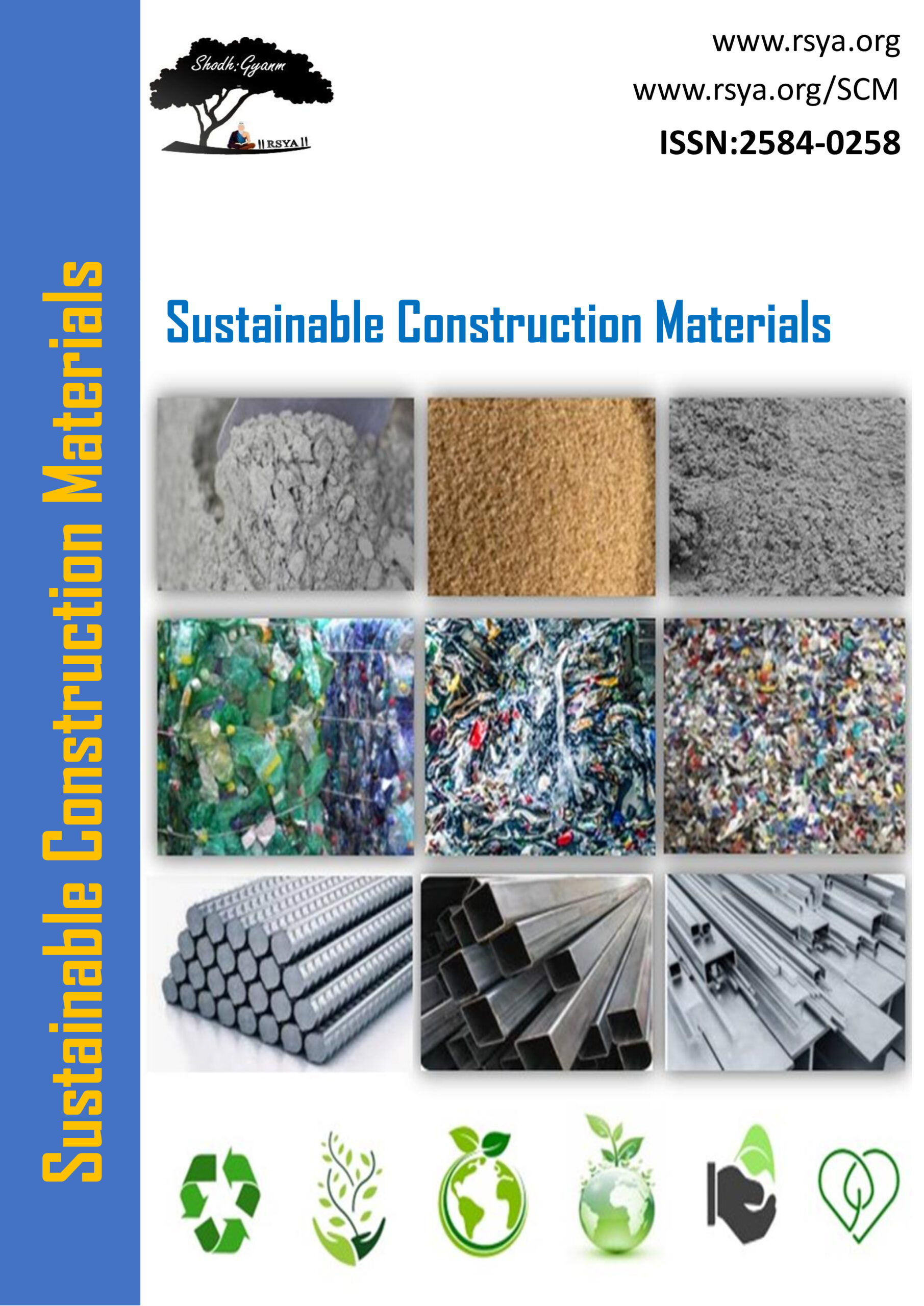
Civil Engineering, Construction Engineering & Management, Material Engineering
ISSN: 2584-0258 Open Access, Double Blind Review
Abstract and Indexing: Road, Google Scholar
Under Review: Scopus(Applied), UGC-Care(Applied), WoS (Applied)
Research Article
Examining the Mechanical Characteristics of Bacterial Concrete
Bibek Mandal* , Aman Maheshwary
Vol 4 Issue 1, Pages XX - XX
Published on: 12 Sept 2024
Abstract- The utilisation of Bacillus cereus bacteria in the M25 mix and the substitution of GGBS for cement are the primary areas of focus in the research, which aims to minimise construction costs and optimise resource utilisation. Important goals, in light of the growing amount of industrial waste, include using bacterial densities of 107 cells/ml and substituting GGBS at concentrations between 5% and 20% for cement. Constant GGBS substitution increased compressive and tensile strengths by 10%, more than ordinary concrete, according to the study, but after a certain point, the benefits started to fade. Comparing conventional and GGBS-replaced concrete after 28 days, the latter demonstrated lower compressive strength (24.56%) and higher split tensile strength (13.88%). Incorporating bacteria at a concentration of 107 cells/ml was found to be responsible for this improvement. After 28 days, water absorption values for 10%, 15%, and 20% OPC replacements with GGBS containing Bacillus subtilis were 9.43%, 13.47%, and 17.11% lower than regular OPC concrete, respectively. These results point to an improvement in the concrete’s durability due to less porosity and permeability. The goals of reducing costs, optimising resource utilisation, and minimising waste in construction are all helped along by the results of this research. Stronger and more water-absorbing concrete was produced by replacing cement with GGBS and adding bacteria. The potential for sustainable construction techniques is highlighted by the effective repurposing of industrial waste, which in turn reduces costs and optimises the utilisation of resources. The building sector stands to gain much from further investigation and use of these results, which could pave the way for greener and more sustainable methods.
